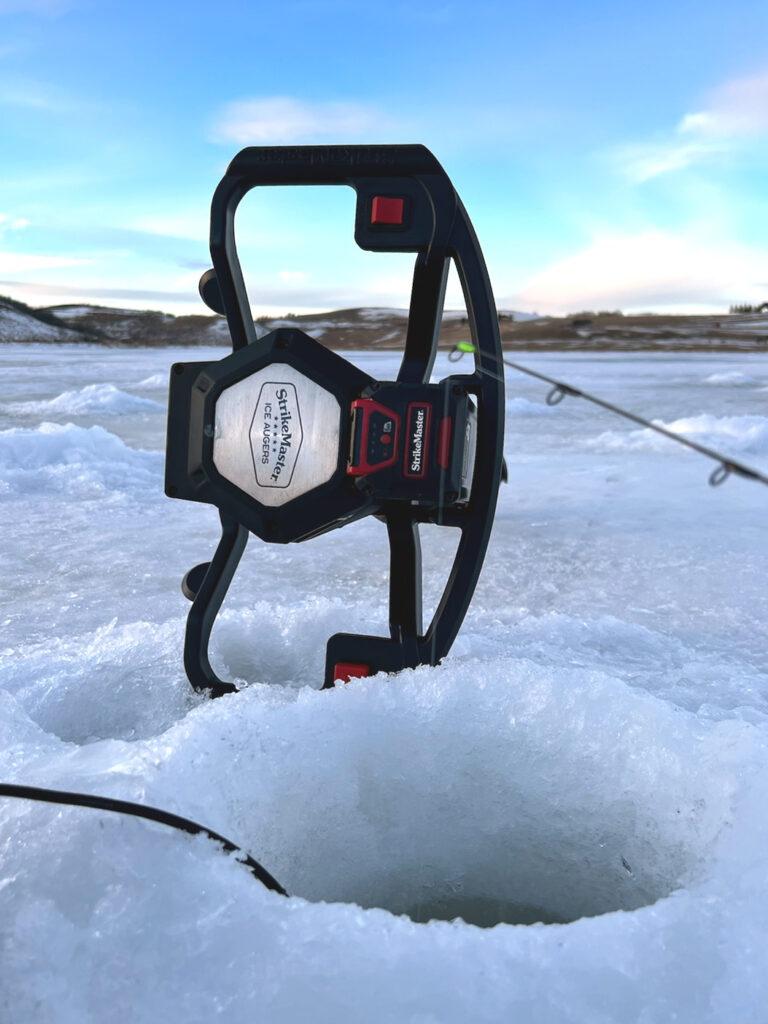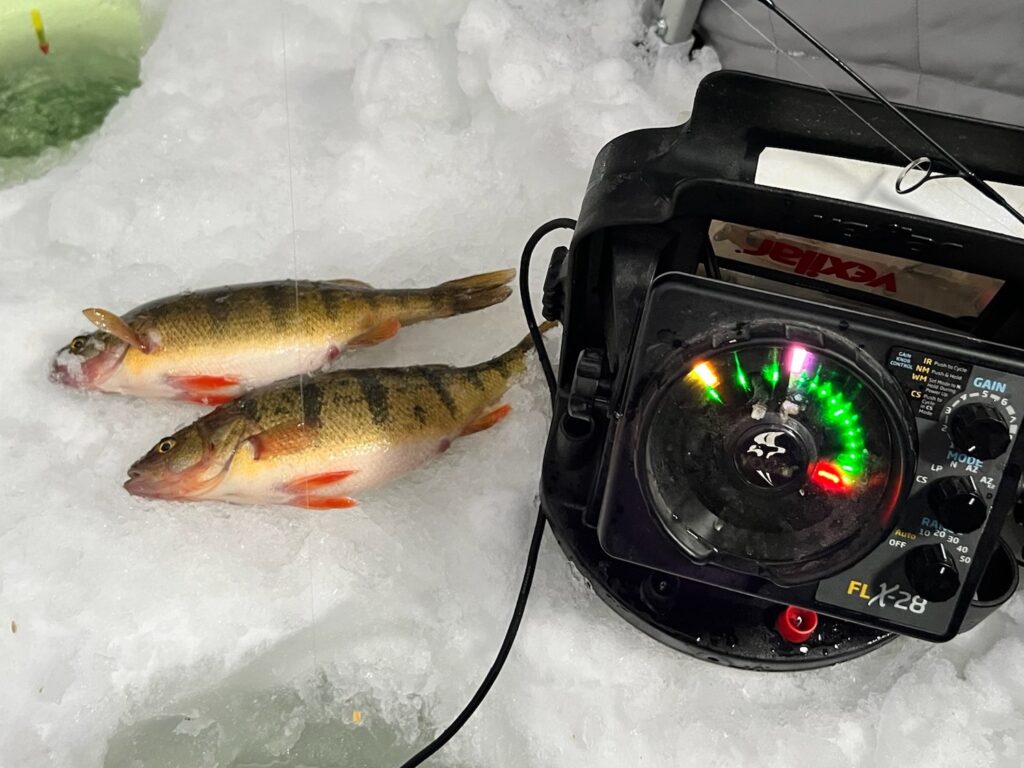Our Outdoors: It’s Electric
By Nick Simonson

I recognize a strange duality in the way I approach the outdoors with technology – going low teach or high tech – and the options I’m provided for any given trip on the water allow me to indulge either side of that coin. On the ice, I was an early adopter of sonar, begging and pleading for a Vexilar FL-8 for Christmas one year and not fishing the first week of holiday break until I’d received it in my stocking, deeming the inability to see what was below to be such a handicap to a successful outing. Other times, I shun sonar all together, leaving even an old portable model at home to chase trout on the fly from the front of my beat-up 16-foot off-brand aluminum puddle jumper without the beep and scroll of the small screen. With fishing, it depends on the situation, I guess.
Then there are also times where I’ll stare down a display at the sporting goods store or look over the half-page printouts of new boat sonars with screens as big as the television I had growing up (and far slimmer), capable of seeing what lies out in 100 feet both directions from the boat. With a tap of the finger on the silhouette of a marked fish, one can simply make a hard right and be over the top of it. While that almost seems like cheating, newer models offer live displays showing actual fish swimming around the transducer. I’d likely never make that jump, unless I was forced to, and that is exactly what has happened this winter.
I’ve always been a gas auger guy. Mixing fuel with a few drops of two-cycle engine oil on a Jiffy Model 30 and burning through 150 holes with the small tank of gas to find roving schools of crappies or that old sunken rockpile on the otherwise mud-bottomed flat for walleyes has been standard operating procedure in my ice angling adventures. Even if I didn’t catch many fish, I always felt like I got a great back-and-shoulders workout in the process. While that Model 30 was a workhorse, I traded the heavy yellow-headed auger in for a lighter Strikemaster which promised a leaner unit with the same amount of hole-drilling capacity, and it delivered. Over the past couple of seasons, with warmer winters, busier schedules, and an always-open powerplant lake nearby, my limited hardwater time made the constantly disconnecting fuel line and slight wobble in the shaft of the aging model somewhat tolerable, but I knew time was running out on the nearly 10-year old auger.
I had been reluctant to join the recent electric revolution when it came to augers. Coming up on the roar and exhaust of gas models, there was something cathartic in firing one up and chewing through three feet of ice, watching the cone of shards and slush build at my feet. The scent of the fumes mainlined into my lungs from the engine became as evocative of successful times on the ice as the actual scent of fish on my winter gloves. But, like the spot that no longer yields fish after a few successful seasons, there’s a time we all stop fishing our memories. So, I took the plunge and purchased a 40-volt electric ice auger this season, an increase in technology based somewhat on necessity.
With a click of the battery and the beep of the powerhead, I was off, surprised by the relative silence and notable power of the whirring blades below. I punched a dozen holes, and while I was certain that was sufficient for my start on the small panfish lake, I ripped through a dozen more and another dozen effortlessly after that. Each icy cone that built up in my grid confirmed my purchase as the unit brushed away buyer’s remorse as easily as my shovel scraped and tossed the slush from the lake’s surface. There was no deafening roar and no combustion fumes but more than enough power to start my afternoon of fishing for the bluegills and crappies below.
Finding a school, I chased them around the grid, picking a couple nice fish out of the group of mostly smaller panfish on the near-metro water. When they reached the edge of my area I expanded the search, ripping out further into the depths with the electric auger until I relocated them time and again. The battery light barely flickered as I approached sixty holes, and I began to think it would take a day full of drilling to run it dead as the model continued to do most of the work; the blades pulling me down, instead of getting my second workout of the day by having to force it into the ice. I cursed my reluctance not to invest in an electric auger sooner, but also figured it timed out well with the recent release of the updated powerhead in my hands likely working the bugs out of its predecessors and shaving more than three pounds off their weight. As I watched for the subtle bump on the neon tip of my ice rod signaling a panfish take below against the white cone around the hole, I began to yearn for a longer winter.
It’s funny how technology can have that effect, changing the trajectory of how we fish and how we perceive any form of angling and how it should be, whether it’s in terms of comfort that keeps us going, abilities that allow us to see below the water or ultimate success when those two items and a school of willing fish come together. While I still remain stubborn on certain upgrades and know that I can abandon them as the situation calls for it, it’s likely that the roar and exhaust I’ve equated with all past ice seasons is now just a memory…in our outdoors.



